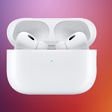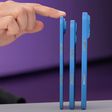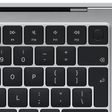Apple today released MacBook Air SMC update 1.9, along with MacBook Pro SMC Firmware update 1.8 and Retina MacBook Pro SMC update 1.1.
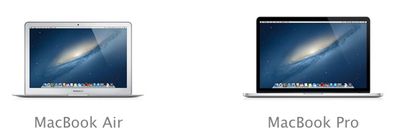
The MacBook Air update is recommended for all MacBook Air models from mid 2012 to mid 2013 and addresses an issue that causes the battery to unexpectedly stop functioning.
This update is recommended for MacBook Air (mid 2012 and mid 2013) models.
This update addresses rare issues where the battery unexpectedly stops functioning, the system does not recognize the battery, or the system hangs when the battery charge reaches less than one percent.
The MacBook Pro update is recommended for mid 2012 models and also addresses the same issue that causes the battery to stop functioning.
This update is recommended for MacBook Pro (mid 2012) models.
This update addresses rare issues where the battery unexpectedly stops functioning or the system hangs when the battery charge reaches less than one percent.
The Retina MacBook Pro update is recommended for late 2012 13-inch Retina MacBook Pros and mid 2012 15-inch Retina MacBook Pros, fixing the same issue.
This update is recommended for 13-inch MacBook Pro with Retina display (late 2012) models, and 15-inch MacBook Pro with Retina display (mid 2012) models.
This update addresses rare issues where the battery unexpectedly stops functioning or the system hangs when the battery charge reaches less than one percent.
The updates for the MacBook Air, the MacBook Pro, and the Retina MacBook Pro can be downloaded from Apple’s support site or via the Software Update tool in the Mac App Store.


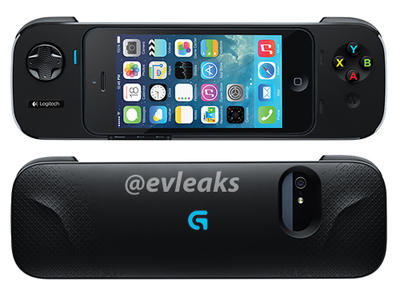
 Apple, along with over 30 other technology corporations, investors, nonprofit groups and trade entities, have signed a letter urging the U.S. Congress to pass the Surveillance Order Reporting Act of 2013 and the Surveillance Transparency Act of 2013,
Apple, along with over 30 other technology corporations, investors, nonprofit groups and trade entities, have signed a letter urging the U.S. Congress to pass the Surveillance Order Reporting Act of 2013 and the Surveillance Transparency Act of 2013, 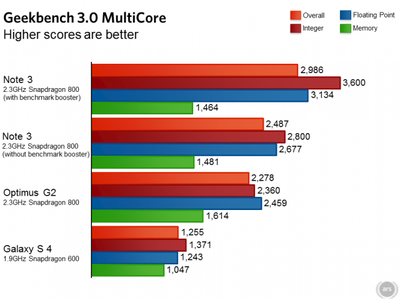

 Long-time Apple supplier Foxconn Electronics will reportedly assist Apple in shipping products directly to China in the near future, reports
Long-time Apple supplier Foxconn Electronics will reportedly assist Apple in shipping products directly to China in the near future, reports 


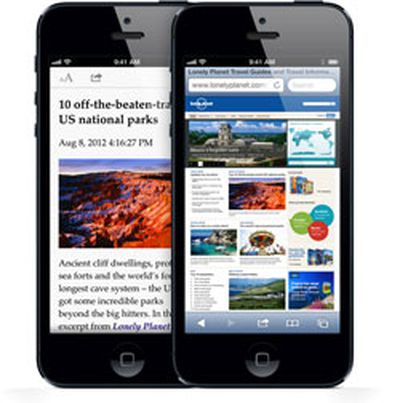 Research firm
Research firm 

 Since the release of iOS 7 earlier this month, a number of users have been
Since the release of iOS 7 earlier this month, a number of users have been 









